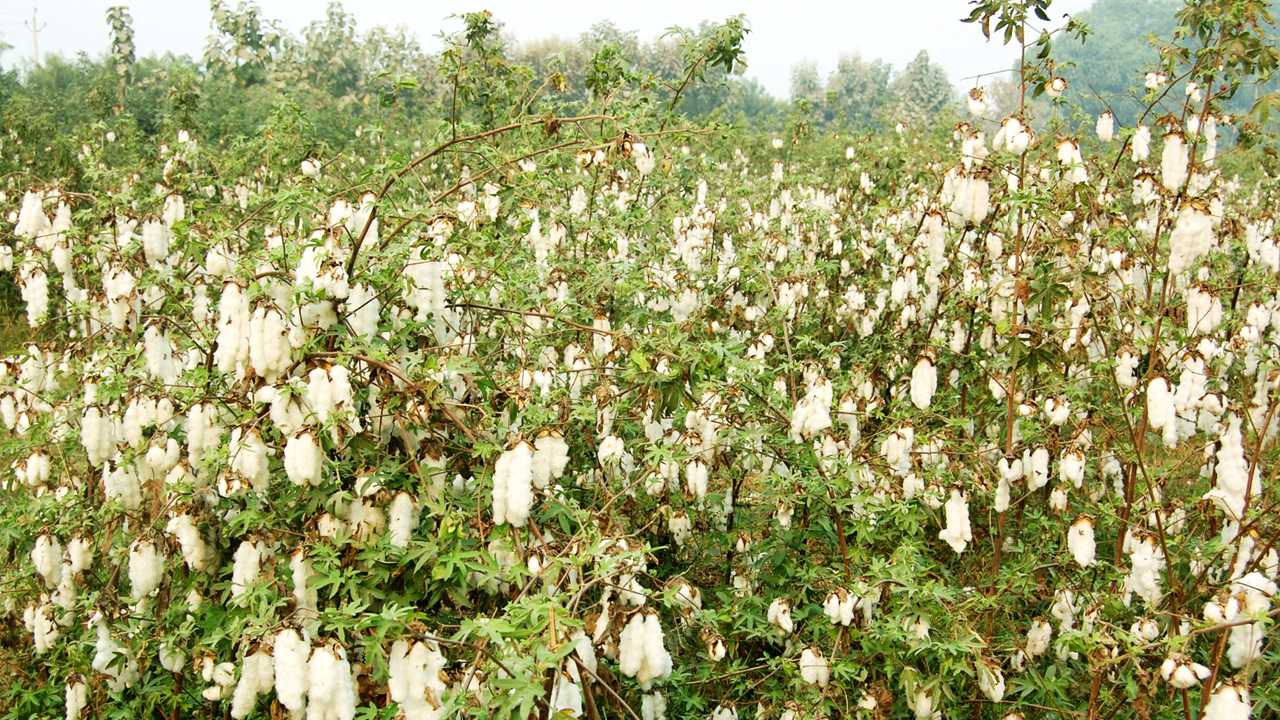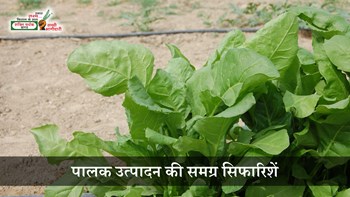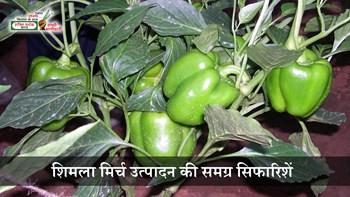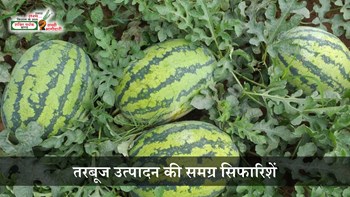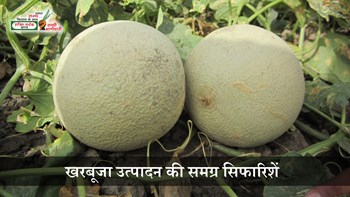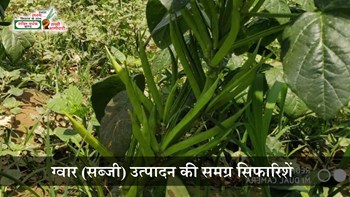- Land Selection
Hybrid desi cotton can be grown on most soil types except saline and alkaline soils. Loamy or well-drained soils are ideal for optimal plant growth.
- Sowing Time
The best time for sowing hybrid desi cotton is between March 15 and May 15.
- Seed Rate
A seed rate of 1.2 to 1.5 kg per acre is recommended for desi hybrid cotton.
- Seed Treatment
Seeds from trusted companies like Shakti Vardhak Hybrid Seeds are pre-treated with the necessary insecticides, fungicides, and bio-fertilizers, thus eliminating the need for further treatment.
- Sowing Method
Maintain a spacing of 100 cm between rows and 45 cm between plants to ensure proper growth and air circulation.
- Thinning
Remove excess or weak plants 3 to 4 weeks after sowing to maintain the desired plant population.
- Fertiliser Recommendations (per acre)
State Urea (kg) DAP (kg) MOP (kg) Arboint Zinc (kg)
Haryana 140 50 40 3
Rajasthan 80 35 15 3
Punjab 125 25 20 3
Apply 1/3rd of urea and the full dose of DAP, MOP, and zinc at sowing.
The remaining urea should be split into two doses: one at boll formation stage and the other at the flowering stage.
- Plant Growth Management
When cotton plants reach 105–120 cm height, pinch off the top buds. This encourages branching and more boll formation. If there’s excessive vegetative growth due to high irrigation or rainfall, stop irrigation and pinch the top shoots to promote flowering.
- Pest and Disease Management
Sucking Pests: Desi cotton is naturally resistant to most sucking pests due to the hairiness on its leaves. However, bollworms are active during the square (bud) stage and can cause invisible damage.
First Preventive Spray (July): Use Deltamethrin 2.8 EC (DASIS) at 160 ml per acre, regardless of visible pest signs.
Follow-up Sprays (Every 10 Days):
Summit – 180 ml/acre
Delegate – 180 ml/acre
Tracer – 75 ml/acre
Takumi – 100–120 g/acre
Plethora – 250 ml/acre
Alternate the sprays to reduce resistance and improve effectiveness.
- Wilt Disease Control
At the flowering stage, mix 800 g of Carbendazim with 10 kg of dry sand, broadcast in the field and irrigate. Repeat after 20 days. This is crucial as there is no cure after wilt symptoms appear.
Biological Control:
Mix 2 kg of BioCure (Trichoderma viride) in 100 kg of decomposed manure. After incubating for a week, apply the mixture during the evening with irrigation. Avoid mixing with chemical products.
- Weather-Based Insect Risks
Sudden weather changes or nearby pest-infested crops may lead to increased infestation of sucking pests like whiteflies. In such cases, insecticidal spray becomes necessary
